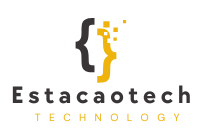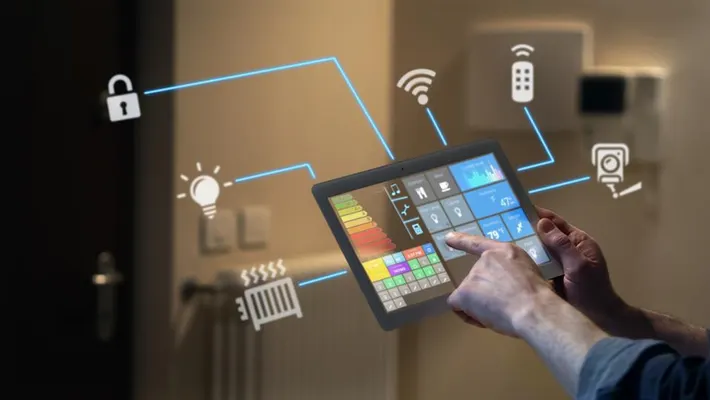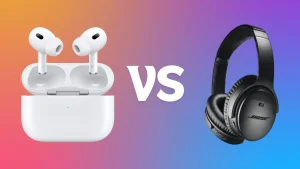Gadgets and devices have become indispensable in our lives, seamlessly weaving themselves into the fabric of our daily routines. From waking up to an alarm on a smartphone to winding down with a smart speaker playing our favorite playlist, these tools have revolutionized how we interact with the world around us. They’ve profoundly altered how we work, stay connected, and entertain ourselves, becoming essential in ways we often take for granted. It’s not just convenience they’ve brought; these innovations have redefined accessibility, creativity, and functionality, shaping a lifestyle marked by efficiency and connectivity.
The Evolution of Gadgets and Devices
The history of gadgets and devices is a testament to human ingenuity and an insatiable desire for progress. From the rudimentary abacus to artificial intelligence-powered smartphones, each milestone reveals the relentless advance of technology. The invention of the telephone by Alexander Graham Bell laid the foundation for modern communication devices, while the first personal computer introduced by IBM changed the way we worked forever. Fast forward to today’s era of AI, IoT, and 5G networks, and the speed and scale of technological growth are nothing short of astounding. These developments not only showcase the evolution of our tools but also highlight how they have consistently exceeded imagination.
The Impact of Smartphones
Smartphones stand at the center of our digital lives, superseding virtually every other gadget. They are not just phones; they are communication hubs, mini-computers, cameras, and wallets wrapped into one pocket-sized device. The average smartphone provides access to an immeasurable amount of information, enabling anything from video conferencing for work to navigating new cities effortlessly. Apps for productivity, health, and entertainment have made our phones indispensable companions. Yet, their impact reaches beyond functionality, shaping habits, fostering social connectivity, and increasingly blurring the line between online and offline existence.
The Rise of Wearable Technology
Wearable devices, such as smartwatches and fitness trackers, have introduced a new dimension to personal health management and convenience. These gadgets monitor everything from heart rates to sleep patterns, encouraging users to adopt healthier lifestyles. Whether used for tracking fitness goals, receiving notifications on the go, or even making contactless payments, wearables are redefining how we interact with technology. Their ability to integrate personal data and usability has solidified their role in shaping a tech-driven perspective on health and wellness.
The Prevalence of Smart Home Devices
The concept of a smart home is no longer confined to science fiction—it is now a reality for many. Smart home devices, like voice-activated speakers, connected thermostats, and automated lighting systems, have dramatically improved residential living standards. These devices provide an added layer of convenience, letting users control home functions remotely with nothing more than a smartphone or a voice command. Additionally, their energy-efficient features contribute to lowering utility bills, highlighting their practicality beyond mere luxury.
The Role of Virtual Reality and Augmented Reality
Virtual reality (VR) and augmented reality (AR) are redefining entertainment and industry applications alike. With VR, users are immersed in digital worlds that feel almost tangible, revolutionizing gaming, training simulations, and virtual tours. AR, on the other hand, overlays information and virtual objects onto the real world, transforming educational tools, marketing techniques, and even navigation apps. Together, VR and AR push the boundaries of human experiences, improving industries while sparking creativity and innovation.
Gadgets and Devices in Education
Technology has transformed the educational landscape, with gadgets and devices now integral to the learning process. Tablets, laptops, and educational apps provide interactive learning experiences, making complex concepts more comprehensible through animations and simulations. Virtual classrooms connect students across the globe, fostering collaboration in ways unimaginable a decade ago. These tools bridge gaps in education accessibility, ensuring knowledge reaches even the remotest corners of the world while enriching traditional learning methods.
Enhancing Productivity with Gadgets
The role of gadgets in enhancing productivity cannot be overstated. Office tools, cloud storage solutions, and workflow management apps simplify task handling, promote collaboration, and speed up decision-making. Devices like laptops and tablets enable on-the-go work, while noise-cancelling headphones create focus-friendly environments wherever you are. Time-tracking apps, digital calendars, and task organizers further streamline daily workflows, allowing for efficient goal achievement with fewer roadblocks.
Gadgets in Healthcare
Gadgets have revolutionized healthcare, making it more precise, accessible, and patient-focused. Remote-monitoring devices track vital signs, providing doctors with real-time data from their patients. Telemedicine services allow consultations and diagnoses without the need for physical visits. Wearable devices, such as glucose monitors and blood pressure cuffs, have enabled individuals to take an active role in managing their health. These technological advancements not only save lives but also bridge gaps in healthcare accessibility.
Environmental Impact of Gadgets and Devices
While gadgets offer immense utility, they also pose significant environmental challenges. The rapid cycle of upgrades and disposals contributes to e-waste, while the resource-intensive manufacturing process leaves a large carbon footprint. However, the industry is moving toward sustainable practices, emphasizing recyclable materials, durability, and energy-efficient designs. Awareness and advocacy for responsible use and proper recycling among users can further mitigate the environmental impact, ensuring a balance between innovation and sustainability.
Ethical Considerations in the Use of Gadgets
With great power comes great responsibility. The exponential growth of gadgets brings ethical concerns into the spotlight—particularly regarding issues of privacy, data security, and addiction. Smart devices collect vast amounts of personal data, often raising questions about how this data is used or if it’s adequately protected. Additionally, the overuse of gadgets can lead to mental health concerns such as social isolation. Addressing these concerns requires a collective effort from both manufacturers and users to prioritize ethical design and responsible use.
The Future of Gadgets and Devices
The future of gadgets is promising as emerging technologies continue to push the boundaries of what is possible. Artificial Intelligence (AI) is paving the way for devices that learn, adapt, and enhance user experiences. The Internet of Things (IoT) connects various gadgets to create seamless, automated environments. Meanwhile, nanotechnology is expanding the possibilities of miniaturization and precision. These advancements hold the potential to improve lives further, solve global challenges, and redefine the relationship between humanity and technology.
FAQ
Q1. How do gadgets impact productivity?
Gadgets improve productivity by automating repetitive tasks, streamlining communication, and offering tools for better time management, creating more efficient workflows.
Q2. Are gadgets environmentally friendly?
Not all gadgets are designed with sustainability in mind, but efforts are increasing to use eco-friendly materials, improve energy efficiency, and promote recycling.
Q3. What is wearable technology?
Wearable technology includes devices like smartwatches and fitness trackers, which collect and display data to help users track health, activity, and notifications.
Q4. How have smartphones changed our daily lives?
Smartphones have transformed communication, access to information, and entertainment, making them central to both work and leisure.




